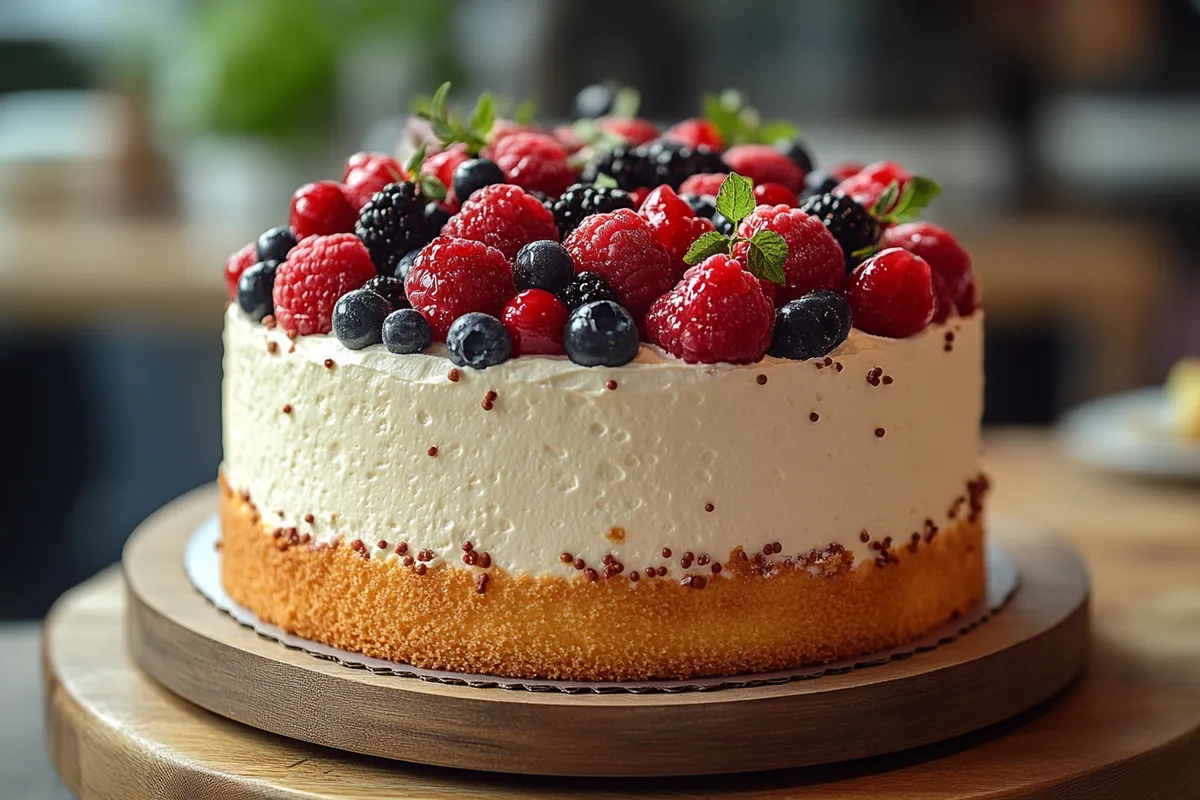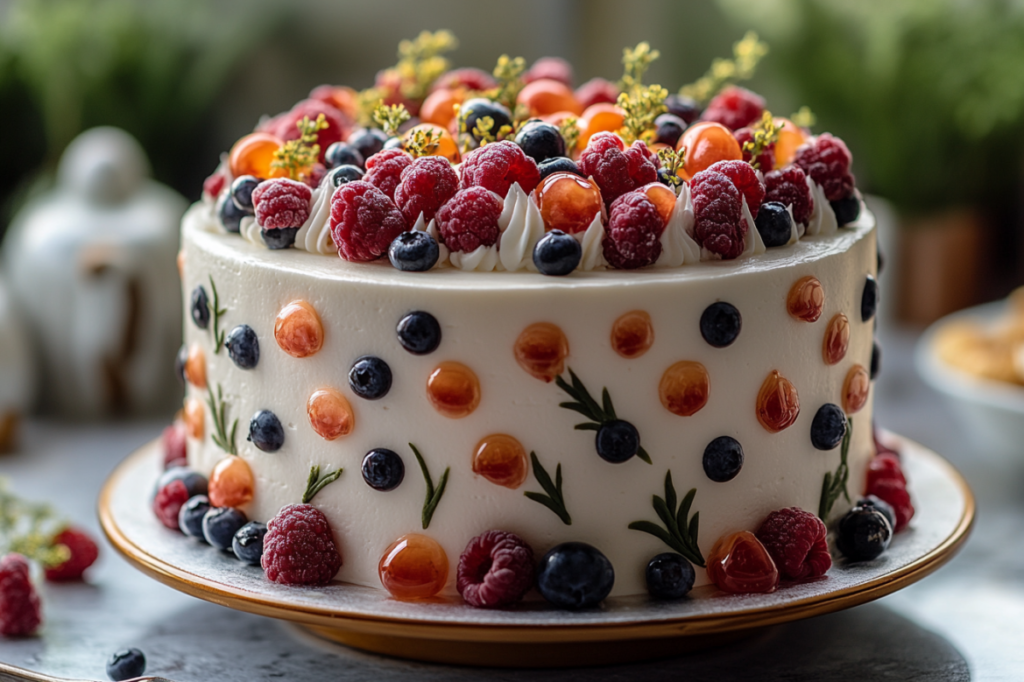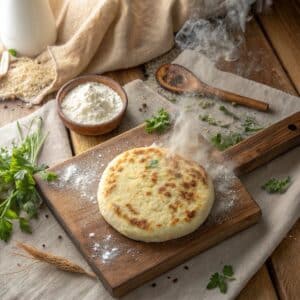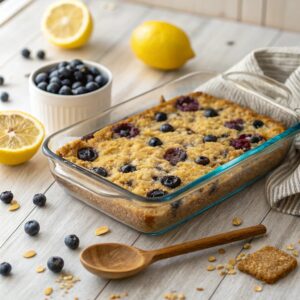Have you ever marveled at a beautifully designed cake and wondered how to create such a stunning centerpiece for your next celebration? Cake design not only invites creativity but also allows you to infuse your personality into each layer and frosting. Whether you prefer a classic vanilla sponge adorned with fresh flowers or an extravagant multi-tiered masterpiece featuring colorful fondant, the possibilities are endless. With a few simple techniques and fresh ingredients, you can elevate your baking from ordinary to extraordinary.
Don’t be afraid to experiment with flavor combinations like lemon and rosemary or rich chocolate with salted caramel. Embrace seasonal fruits for a natural touch, or try your hand at edible decorations to give your cakes that professional flair. With expert tips on achieving the perfect crumb and the ideal frosting consistency, you’ll soon be on your way to mastering the art of cake creation. So gather your baking tools and let’s embark on this sweet journey together!
Ingredients for cake design:
For the Cake Base
- 2 cups all-purpose flour
- 1 ½ cups granulated sugar
- ½ cup unsweetened cocoa powder (if making a chocolate version)
- 1 cup unsalted butter, soft and at room temperature
- 4 large eggs, at room temperature
- 1 cup whole milk, at room temperature
- 2 tsp baking powder
- 1 tsp baking soda
- 1 tsp vanilla extract
- ½ tsp salt
For the Buttercream Frosting
- 1 cup unsalted butter, softened
- 4 cups powdered sugar
- 1/4 cup heavy cream (adjust to desired consistency)
- 2 tsp vanilla extract
- Food coloring (optional; for coloring the frosting)
For Cake Decoration
- 2 cups fondant (white and/or colored)
- Edible glitter or luster dust (for sparkle)
- Diverse sprinkles (to suit the theme)
- Fresh fruits or edible flowers (to enhance the visual appeal)
- Chocolate chips or shavings (for additional texture)
Optional Flavor Add-Ins
- 1/2 cup crushed nuts (e.g., walnuts, almonds) for added crunch
- 1 tsp almond extract (for a distinct flavor profile)
- Citrus zest (like lemon or orange) can be added to the batter for a refreshing twist
- Change the milk to coconut or almond milk for a different taste
Alternative Ingredients
- Gluten-free flour can replace all-purpose flour for a gluten-free option.
- Using agave syrup instead of granulated sugar for a lower glycemic index.
- Plant-based butter can be used to make the frosting dairy-free.
These ingredients will ensure your cake design not only has a stunning visual appeal but also delivers delightful flavors, making it a memorable centerpiece for any occasion.

How to prepare cake design:
Creating a beautiful cake design requires precision and creativity. Follow these clear steps for successful results.
Gather Your Ingredients and Supplies
Start by collecting all the necessary ingredients and tools. You will need flour, sugar, eggs, butter, baking powder, and any flavor extracts you prefer. Gather food coloring, fondant, and various decorations like sprinkles and edible glitter as well.
Bake the Cake Layers
Preheat your oven to the right temperature as specified in your cake recipe. Prepare your cake pans by greasing them with butter or lining them with parchment paper.
Mix the dry ingredients together first, then combine them with wet ingredients in a large bowl. Use an electric mixer for a smooth batter.
Evenly distribute the batter across the prepared pans. Bake in the preheated oven, following the recipe’s baking time. Check for doneness with a toothpick before removing the cakes from the oven.
Cool the Cake Layers
Once baked, remove the cakes from the oven. Allow them to cool in the pans for a few minutes.
Transfer the cakes onto a wire rack and cool completely. Ensure the layers are cool to the touch to prevent melting your frosting.
Prepare the Frosting
While cakes cool, prepare the frosting. Combine softened butter, powdered sugar, milk, and vanilla extract in a mixing bowl.
Beat the ingredients until you achieve a smooth and fluffy consistency. Adjust the thickness with more powdered sugar or milk if necessary.
Assemble the Cake
Once the layers are cool, place one layer on a cake stand. Spread frosting evenly over the top using a spatula.
Place the second layer on top and repeat the frosting process. Ensure that the cakes are aligned properly for a professional look.
Design the Cake
Start by applying a thin layer of frosting around the cake. This is the crumb coat, which seals in any loose crumbs.
Once the crumb coat sets, add a final layer of frosting for a smooth finish. Use a spatula to create texture or smooth areas as desired.
Decorate with fondant or edible decorations. Remember, creativity is key when applying the finishing touches to your cake design!
Tips for the Perfect Cake Design
Creating a stunning cake design requires attention to detail and a bit of creativity. Follow these tips to enhance your baking skills and achieve impressive results.
Maintain the Right Temperature
The temperature at which you bake your cake can greatly impact its texture and structure. First, ensure your ingredients are at room temperature before mixing them. This includes butter, eggs, and liquids, which blend more easily and evenly, resulting in a better rise.
Preheat your oven correctly. An oven thermometer ensures your oven’s temperature aligns accurately with your settings. An overly hot oven can cause cakes to bake too quickly on the outside while remaining undercooked inside, leading to a less-than-perfect design once sliced.
Use Quality Ingredients for Better Flavors
Select high-quality ingredients for superior taste. Fresh eggs, real vanilla extract, and top-grade flour contribute to the overall flavor profile of your cake. Avoid substitutes in essential components when possible, as they can yield disappointing outcomes.
Consider organic ingredients for an extra boost in taste, especially if you’re decorating with fruits. Opt for seasonal, ripe fruits to ensure maximum flavor, which will enhance your cake’s overall appeal.
Suitable Substitutions for Dietary Restrictions
If you’re catering to dietary restrictions, don’t worry! There are great alternatives available. For gluten-free cakes, use almond flour or a store-bought gluten-free blend. Substitute dairy with almond milk or coconut yogurt for a dairy-free option. Additionally, flax eggs (one tablespoon of ground flaxseed mixed with three tablespoons of water) work as an excellent egg substitute in vegan recipes.
For a lower sugar option, consider using natural sweeteners like maple syrup or mashed bananas, which can enhance both flavor and moisture in your cake while keeping it light.
Enhancing Your Cake Design
Once your cake has cooled, it’s time to think about decoration. Use a crumb coat before applying a final layer of frosting. This initial thin layer locks in crumbs and creates a smooth finishing surface for your decorative layer. Get creative with garnishes, such as edible flowers, fresh fruit, or drizzled chocolate, to elevate your cake’s visual appeal.
Lastly, practice patience when decorating. Allow your frosting to set before adding more layers or decorations to avoid the unwanted mixing of colors and textures.
Storage Tips for Cake Design:
Storing your cake properly ensures that it remains fresh and visually appealing. Follow these effective storage tips to maintain your cake’s design and flavor.
1. Cool Completely Before Storing
Always allow your cake to cool completely before wrapping it for storage. If you store a warm cake, moisture will build up inside the wrapping. This moisture can lead to sogginess and degrade your cake’s overall texture and design. Set your cake on a wire rack to cool at room temperature for at least an hour.
2. Choose the Right Container
Select an airtight container to keep your cake fresh. If your cake is decorated with fragile elements, consider using a cake box that provides extra space to prevent damage. Avoid using plastic wrap directly on the cake, as it can stick to icing and disrupt the design.
3. Refrigeration for Longer Freshness
If you plan to keep the cake for more than a couple of days, store it in the refrigerator. Ensure the cake is wrapped well with plastic wrap or inside an airtight container to avoid absorbing odors and moisture. Keep refrigerated cakes for up to one week. Remember that cakes with perishable fillings, such as cream or custard, require refrigeration to ensure safety.
4. Freezing for Extended Storage
For longer storage, freeze your cake. Wrap it securely in plastic wrap, then encapsulate it in aluminum foil or a freezer-safe container. This method protects against freezer burn and maintains the cake’s quality. Most cakes freeze well for up to three months. When ready to enjoy, thaw the cake overnight in the refrigerator before serving.
5. Avoid Repeated Temperature Changes
Minimize temperature fluctuations to keep your cake’s design intact. Constantly moving the cake between hot and cold environments can cause the cake to dry out or condensation to form. Store your cake in a cool, dry area away from direct sunlight to maintain its freshness.
6. Shelf Life Considerations
Understand the shelf life of your cake based on its ingredients. Generally, well-made butter cakes last longer than sponge cakes. As a rule of thumb, a decorated cake has a shelf life of about three days at room temperature and one week in the fridge.
By following these practical storage tips, you can ensure your cake retains its delightful design and taste for as long as possible.
Related Recipes for Cake Design Enthusiasts
If you enjoy cake design, you might also like exploring other baking techniques and complementary treats. Each of these recipes shares elements that enhance your skills or add variety to your dessert table.
1. Cupcake Variations: Cupcakes offer a fun platform for showcasing your creativity. Just like cake design, they allow for intricate frosting techniques and themed decorations. Each cupcake acts like a mini canvas, perfect for experimenting with different flavors and designs.
2. Cookies with Royal Icing: Decorating cookies with royal icing requires precision, much like cake decoration. You can achieve beautiful patterns and details, making cookies a fantastic practice ground. They can also serve as edible favors for any event, complementing your main cake beautifully.
3. Pies with Artistic Crusts: Pies may not be cakes, but they offer another way to express creativity through design. An artistic pie crust can become the centerpiece of your dessert table. Use lattice work or cut-out shapes to elevate the visual appeal, much like how you would with a decorated cake.
4. Mousse Desserts: While mousse does not involve traditional icing techniques, its presentation is crucial. Layering mouses in clear glasses can mimic the layered effect of cakes. This dessert can serve as a lighter option, balancing out richer cake offerings at a gathering.
5. Dessert Charcuterie Boards: These boards allow for a variety of sweets, including bite-sized cakes and cookies. They encourage creativity in arrangement and provide an interactive experience for guests. Each item can reinforce the theme established by the main cake and showcase your design prowess.
Exploring these related recipes not only enhances your baking repertoire but also complements the art of cake decoration. Embrace the possibilities, and let your creativity flow in new directions!
Frequently Asked Questions:
What are the basic principles of cake design?
The fundamental principles of creating stunning cake designs include balance, contrast, and proportion. A well-designed cake often balances flavors and textures while ensuring the visual elements complement each other. Utilizing contrasting colors and shapes can also add depth and interest. Proportion plays a crucial role in cake aesthetics; for instance, a larger tier should not overshadow smaller ones but rather create harmony. These principles guide both novice and seasoned bakers in crafting cakes that are not only visually appealing but also delicious.
How can I improve my cake decoration skills?
Improving your cake decoration skills requires practice and patience. Start by mastering basic techniques such as smoothing frosting, piping borders, and using fondant effectively. Invest time in watching tutorials and attending workshops, which can provide valuable insights into advanced methods and creative ideas. Experiment with different tools, such as impression mats and cake stencils, to expand your repertoire. Continuous experimentation and implementation of feedback will enable you to refine your artistic approach to cake artistry.
What tools do I need for intricate cake designs?
For creating detailed and intricate cake designs, a variety of specialized tools can enhance your capabilities. Essential items include offset spatulas for frosting, piping bags and various tips for decorating, and fondant tools like smoothers and cutters. A turntable facilitates easy access to all sides of the cake while you work. Additional accessories such as edible glitter and airbrush systems can add stunning finishing touches. Investing in quality tools will significantly elevate your cake decoration projects.
What types of frosting are best for cake design?
The choice of frosting can greatly impact your cake design. Buttercream is a popular choice for its versatility and smooth finish, making it ideal for piping and sculpting. Fondant is often used for designs that require a refined, polished surface, perfect for intricate detailing. Additionally, ganache provides a rich, glossy finish, suitable for drips and glazes. Each type of frosting has its unique characteristics and applications, allowing for a diverse range of creative expression in your cake constructions.
Are there specific trends in cake design that I should follow?
Cake design trends evolve, and regularly following the latest styles can inspire your creations. Current trends often include geometric shapes, watercolor effects, and floral designs crafted from both sugar and fresh blooms. Minimalist aesthetics are also gaining popularity, with cakes featuring simple flavors and clean lines. Additionally, personalized and themed cakes are consistently sought after, showcasing elements that reflect individual personalities or interests. Staying updated on these trends will help you create contemporary and sought-after cake artistry.
How can I make my cake designs more unique?
To make your cake designs stand out, consider incorporating unique flavor combinations and unexpected elements into your work. Utilizing unconventional colors, textures, and decoration techniques can help your creations break the mold. Embedding personal stories or themes in your designs adds a heartfelt touch. Experimenting with different styles, such as integrating mixed media with edible and non-edible elements, can also set your cakes apart. Ultimately, creativity and innovation are key in the journey of designing memorable cakes.
Conclusion:
In summary, mastering cake design offers a delightful blend of creativity and simplicity. This article emphasized the art of crafting elegant cakes while embracing flexibility and customization options. Whether you’re opting for classic buttercream or adventurous fondant decorations, the key lies in your imagination. Remember, each layer and detail can be personalized to suit any occasion, from birthdays to weddings. We also explored unique tips that make cake designing approachable, encouraging both novice bakers and seasoned pros to express their styles. Don’t be afraid to experiment with flavors and designs, as the beauty of cake making lies not only in its visual appeal but also in the joy it brings to those who savor it. So grab your tools, unleash your creativity, and embark on your cake design journey with confidence!


